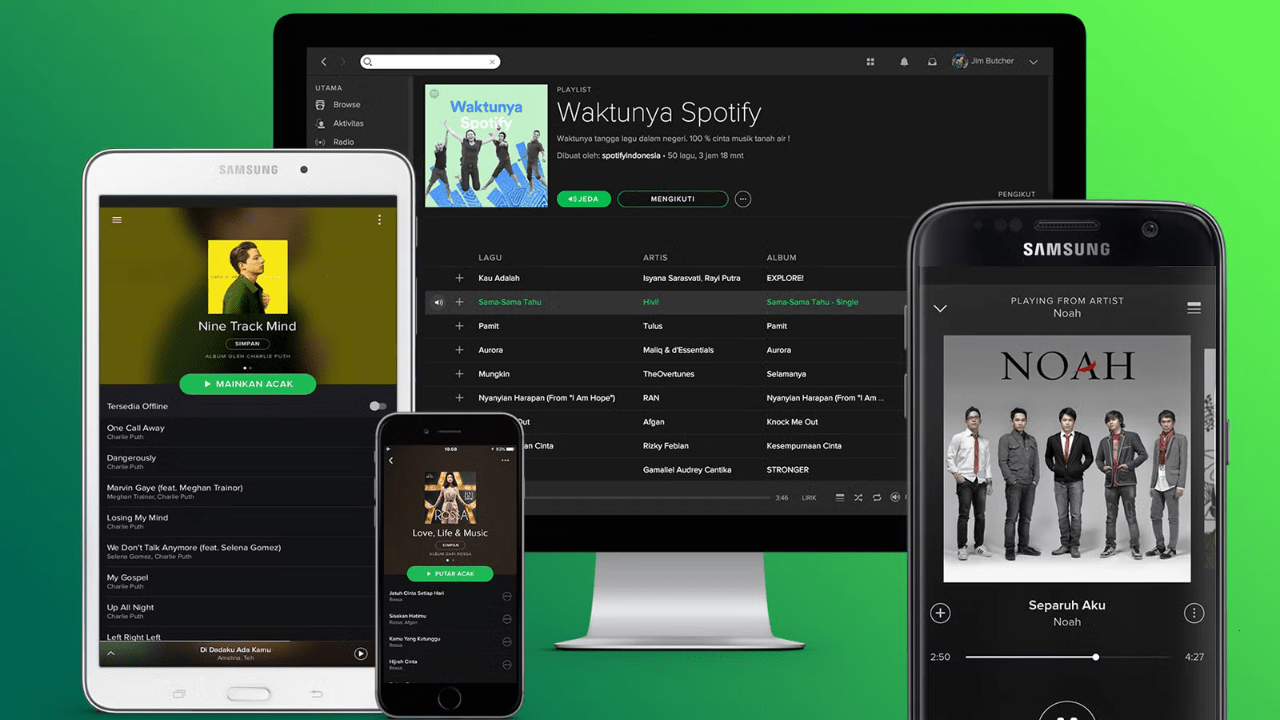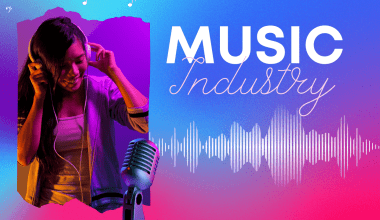Spotify has transformed the way we consume music. Since its launch in 2008, this music streaming giant has become synonymous with accessible and personalized music. With a vast catalog, innovative features, and a user-friendly interface, Spotify is a game-changer in the music industry.
This blog dives into all the essential Spotify information, from its origins to its features, global reach, and influence on artists and listeners alike.
The Birth of Spotify
Spotify was founded in 2006 by Daniel Ek and Martin Lorentzon in Stockholm, Sweden. The platform officially launched on October 7, 2008, with a mission to combat music piracy by offering a legal, user-friendly streaming service.
Why Spotify Was Revolutionary
- Freemium Model: Users could stream music for free with ads or pay for a premium, ad-free experience.
- On-Demand Access: Unlike radio, Spotify allowed users to search for and play specific songs.
- Personalization: Early features like curated playlists and recommendations set Spotify apart.
How Spotify Works
Spotify operates on a subscription-based model, offering both free and premium tiers:
- Free Tier: Supported by ads, with limited skips and standard sound quality.
- Premium Tier: Offers ad-free listening, offline playback, unlimited skips, and higher audio quality.
Spotify uses a combination of licensing agreements and advanced algorithms to make music accessible to users while ensuring artists and labels are compensated.
Key Features of Spotify
Spotify offers a host of features designed to enhance the listening experience:
1. Curated Playlists
Spotify’s curated playlists, such as Discover Weekly and Release Radar, use AI to suggest music based on your listening habits.
2. Personalized Recommendations
Spotify’s algorithm tracks your activity to suggest songs, playlists, and artists tailored to your taste.
3. Offline Playback
Premium users can download songs and playlists to listen offline, ideal for travel or areas with limited connectivity.
4. Podcasts
Spotify has expanded into podcasts, hosting exclusive content from creators like Joe Rogan and producing original shows.
5. Collaborative Playlists
Users can create playlists with friends, adding and editing songs together in real time.
6. Spotify Wrapped
This annual feature summarizes your listening habits, revealing your top songs, artists, genres, and total listening time.
Spotify’s Global Reach
Spotify is available in over 180 countries, making it a truly global platform. By 2022, Spotify had amassed:
- 456 million monthly active users.
- 195 million premium subscribers.
- A catalog of over 100 million songs and 4 million podcasts.
Regional Adaptations
To cater to diverse audiences, Spotify offers localized content, playlists, and language support in markets like India, Latin America, and Southeast Asia.
Spotify’s Impact on the Music Industry
Spotify has had a profound effect on how music is produced, distributed, and consumed:
1. Empowering Artists
Spotify for Artists allows musicians to track their performance, reach new audiences, and monetize their work.
2. Shaping Listening Habits
Spotify’s playlists and algorithms influence what users listen to, making it a tastemaker in the industry.
3. Shifting Revenue Models
Streaming has become the primary revenue source for many artists and labels, with Spotify leading the charge.
4. Promoting Independent Artists
Spotify has provided a platform for independent artists to gain visibility without traditional label support.
Challenges and Criticisms
Despite its success, Spotify faces criticism and challenges:
1. Artist Payouts
Many artists argue that Spotify’s royalty rates are too low, particularly for independent musicians.
2. Competition
Rivals like Apple Music, Amazon Music, and YouTube Music challenge Spotify’s market dominance.
3. Licensing Disputes
Spotify has faced legal battles over licensing agreements and copyright issues.
Innovations in Spotify
Spotify continues to innovate, introducing new features and technologies:
1. Spotify HiFi
In 2021, Spotify announced HiFi audio streaming, offering lossless sound quality for audiophiles.
Integration with platforms like Instagram and Discord allows users to share their music seamlessly.
3. Smart Device Integration
Spotify works with smart speakers, TVs, and gaming consoles, making it accessible on multiple devices.
How to Make the Most of Spotify
Maximize your Spotify experience with these tips:
- Explore Playlists: Use Spotify’s curated and user-generated playlists to discover new music.
- Follow Artists: Stay updated on new releases by following your favorite musicians.
- Use Search Filters: Filter songs by genre, mood, or activity to find the perfect track.
- Try Group Sessions: Listen to music with friends in real time using Spotify’s group session feature.
Spotify’s Future
Spotify shows no signs of slowing down. The company plans to:
- Expand Global Reach: Enter new markets and grow its user base.
- Invest in Podcasts and Audiobooks: Diversify its content offerings.
- Enhance AI Features: Improve personalization and user experience.
- Support Emerging Artists: Increase resources for independent musicians.
Final Thoughts
Spotify has revolutionized how we experience music, making it accessible, personalized, and global. From its humble beginnings in Sweden to becoming a worldwide phenomenon, Spotify continues to shape the music industry and connect people through sound.
Related Articles:
For further reading, explore these related articles:
- Who is the Most Listened to Artist on Spotify?
- Discover Spotify Top Artists: A Journey Through Music’s Best
For additional resources on music marketing and distribution, visit Deliver My Tune.





